Book Review: Brother’s Ruin by Emma Newman
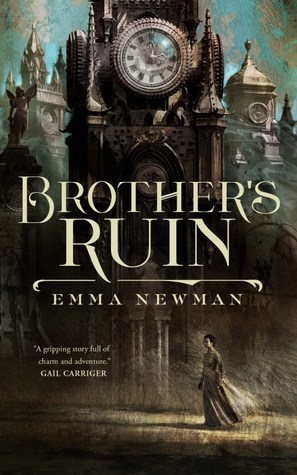
In an alternate 1850s era, the British Empire is flourishing as vitally as it did in our timeline, but from different base causes. Instead of the power of the Industrial Revolution providing the motive power for Monarch and country, the Royal Society of Esoteric Arts provides the competitive advantage for Great Britain to stand astride the world. But this society of magicians is a merciless one, taking every person with magical talent, whether they like it or not. Charlotte Gunn seeks to aid her family from financial disaster that her father is in by making sure that her brother’s talents are seen and compensated for. Oh, and in so doing, hiding her own deep, dark secret from the Royal Society: Charlotte, you see, is a mage too. Charlotte, and her world, come to life in the Tor.com novella Brother’s Ruin by Emma Newman.
Book Review: The Medusa Chronicles by Alastair Reynolds and Stephen Baxter
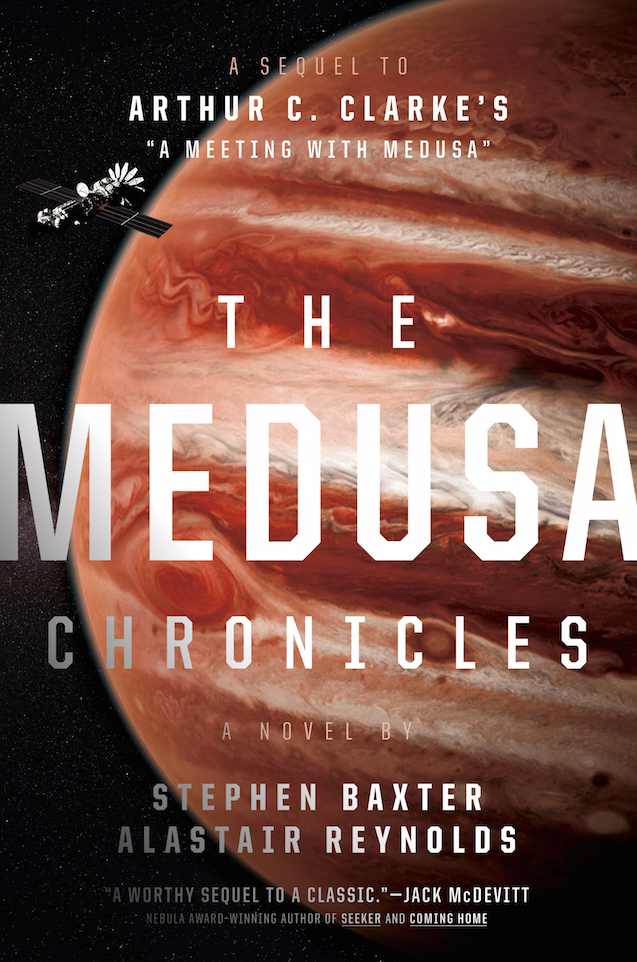
Howard Falcon is one of the most interesting characters in the oeuvre of Arthur C. Clarke. The late 21st century test pilot’s crash of an experimental helium-filled airship turns into an opportunity, as his cyborg-like existence mandated in the recovery from the accident makes him the perfect person to do the impossible: make a dive into the upper layers of Jupiter. The story of Falcon’s dive into Jupiter is in the Nebula award-winning novella “A Meeting with Medusa.” It is a story frequently anthologized, for good reason. Sense of wonder, pathos and inventive worldbuilding make it a classic. Now, with the approval of the Clarke estate, Hard SF authors Stephen Baxter and Alastair Reynolds have teamed up to tell the continued adventures and history of Howard Falcon, and his world, in The Medusa Chronicles.
Book Review: Breath of Earth by Beth Cato

In an alternate early 20th-century world where Japan and the US have created a powerful alliance, a secret geomancer struggles to protect herself and the city she loves from forces seeking to shake San Francisco to pieces in Breath of Earth, the first in a new alternate history fantasy series by Beth Cato. In the alternate world that Cato depicts, there is magic in the world, and the primary form of magic are those magicians who are sensitive to the movements of the earth. These geomancers not only can keep San Francisco tectonically stable, but can channel the bled off energy into a mineral, kermanite, whereupon that energy can be discharged to do work, to power vehicles and other things in the same way that a battery can. Thus, kermanite is an extremely potent strategic resource, and its acquisition and control is part of the reason for the Japan-US alliance. Even better, the novel shows the clear costs and dangers of geomancers. It’s a potent form of magic, but one that can cause not only destruction around the user, but actively be harmful for their health. There are also social costs to being a geomancer, a theme that Cato has explored previously in the Clockwork Dagger series.
Mining the Genre Asteroid: Ash: A Secret History by Mary Gentle
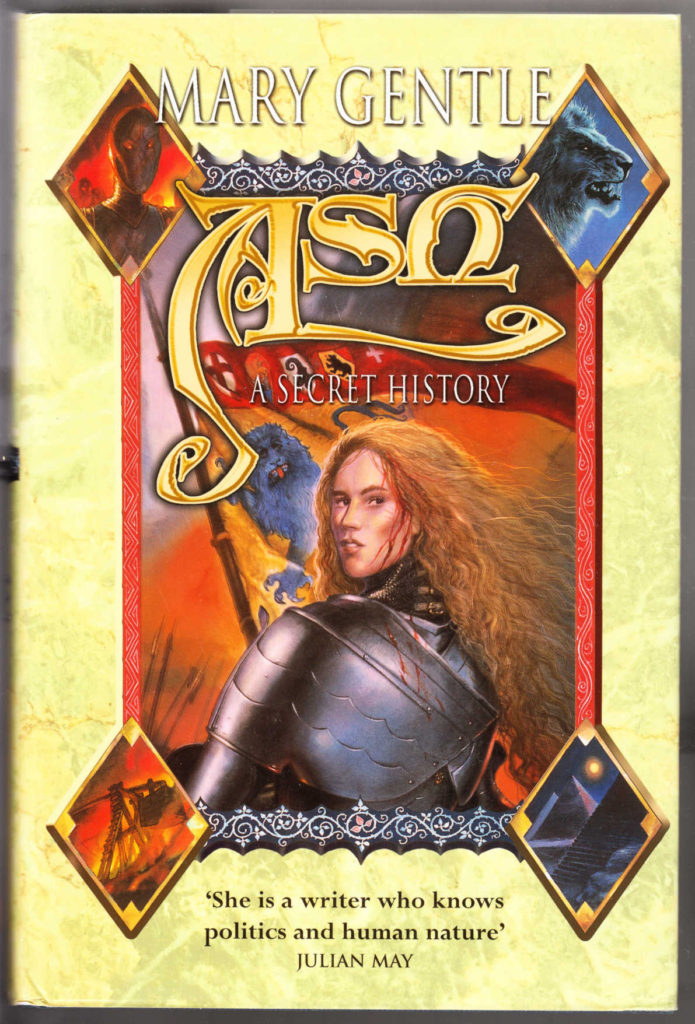
In our world, the duchy of Burgundy, the Middle Kingdom, has had a fascinating, and often strange history. Wedged in the middle of Europe, from the Mediterranean and up toward the North Sea, parts of which are now France, Switzerland, Germany and Belgium, the Dukes of Burgundy have often been as powerful or more powerful than some of the full blown kingdoms they have dealt with. Burgundy is a hell of a lot of fun to play in the computer game Crusader Kingdoms 2. By accidents and turns of fortune, Burgundy disappeared from our history in a rather sudden fashion. That sudden disappearance of Burgundy from history is the historical seed for Ash: A Secret History by Mary Gentle. Gentle uses secret history, alternate history, and the moldability of history to explore a 15th century that wasn’t … but perhaps once was.
Book Review – Ink and Bone by Rachel Caine
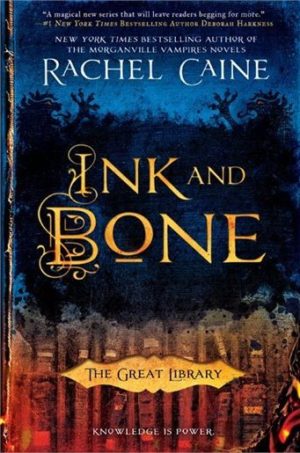
Imagine if the Royal Library of Alexandria had not been destroyed in flames. In Ink and Bone, Rachel Caine uses this alternate history speculation to craft a universe where the “Great Library” has survived and flourished through the centuries, expanded with satellite institutions around the world. The cultural influence and political power of the Library is significant, holding absolute control over written knowledge. Ownership of printed books is illegal, but Library-approved materials are ‘mirrored’ from the original texts through alchemy by Obscurists to personal blank ‘book’ instruments of Library design called Codexes.
Hard and Soft Alternate Histories: The Time Roads by Beth Bernobich, The Shadow Master by Craig Cormick and Rod Duncan’s The Bullet Catcher’s Daughter
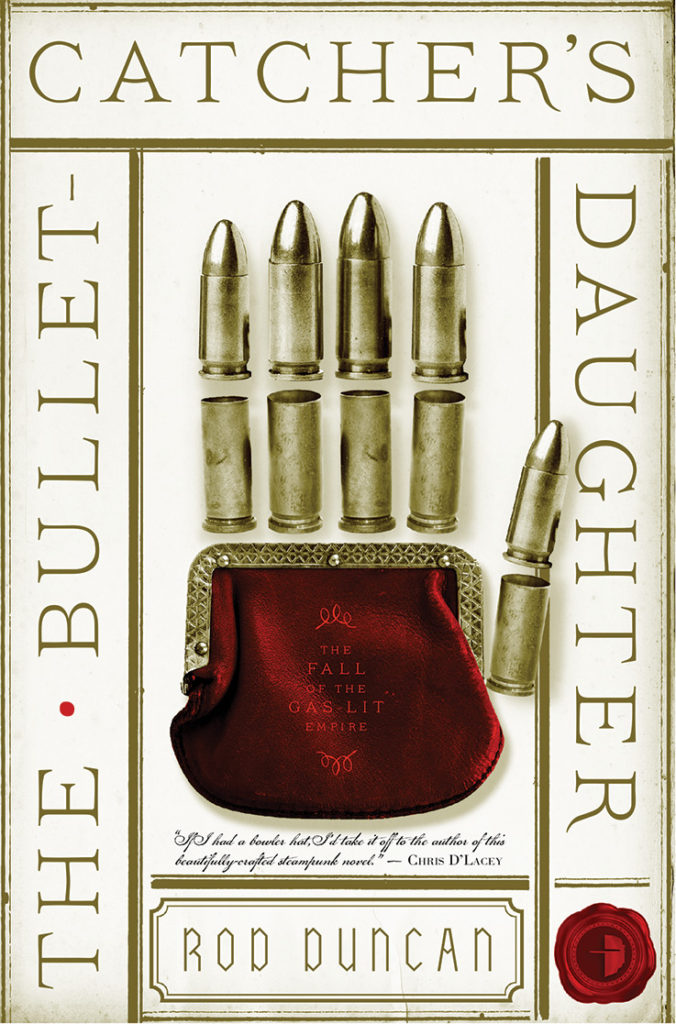
“There are no correct alternate histories, there are only plausible alternate histories.” – Will Shetterly Will Shetterly’s statement above hinges on the word plausible. Shetterly’s statement is facile, but it hinges on the unspoken assumption that everyone can agree on what a ‘plausible’ alternate history is and is not. For example, to a first approximation and for a lot of casual readers, George Washington taking the monarchial crown that was offered to him might seem like a rich and interesting alternate history. King George of America! Those more versed in the biography of Washington, however, would reject such an alternate history as being flatly impossible, given his attitudes and basic nature. The reverse is true for small, seemingly innocuous changes that casual readers might consider not large enough of a hook to change the world, but experts in the subfield might consider crucial to the flow of history.

